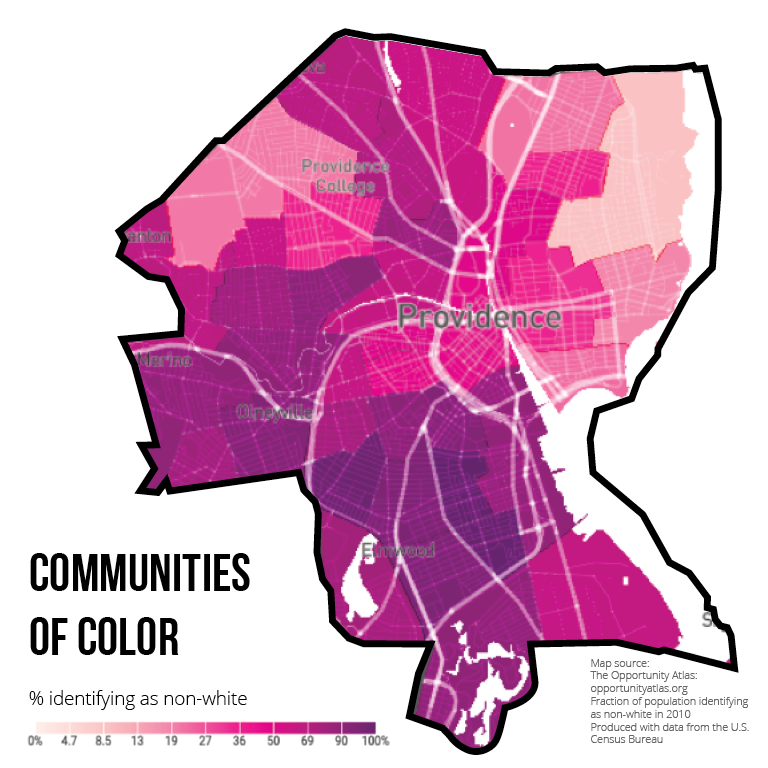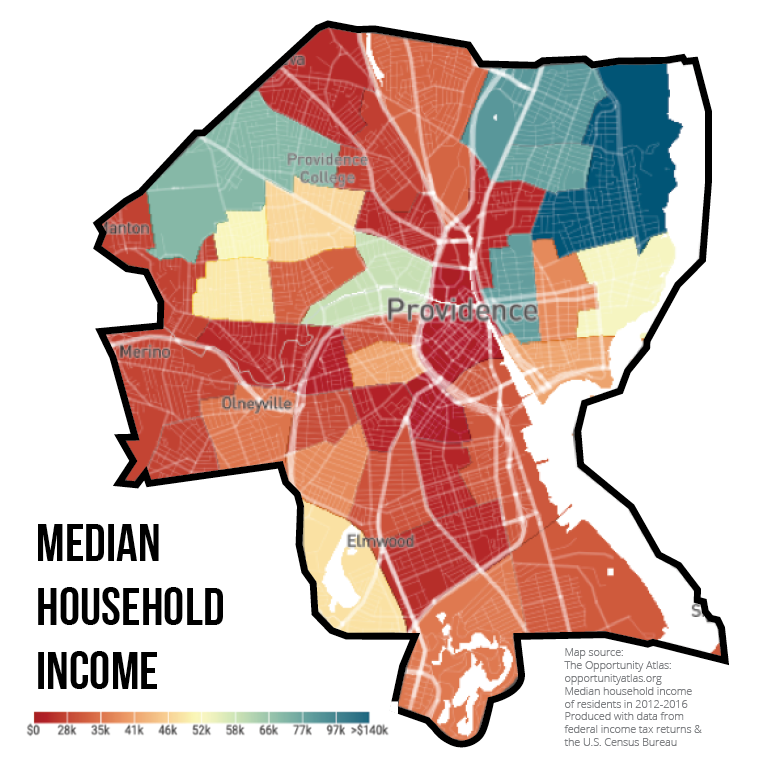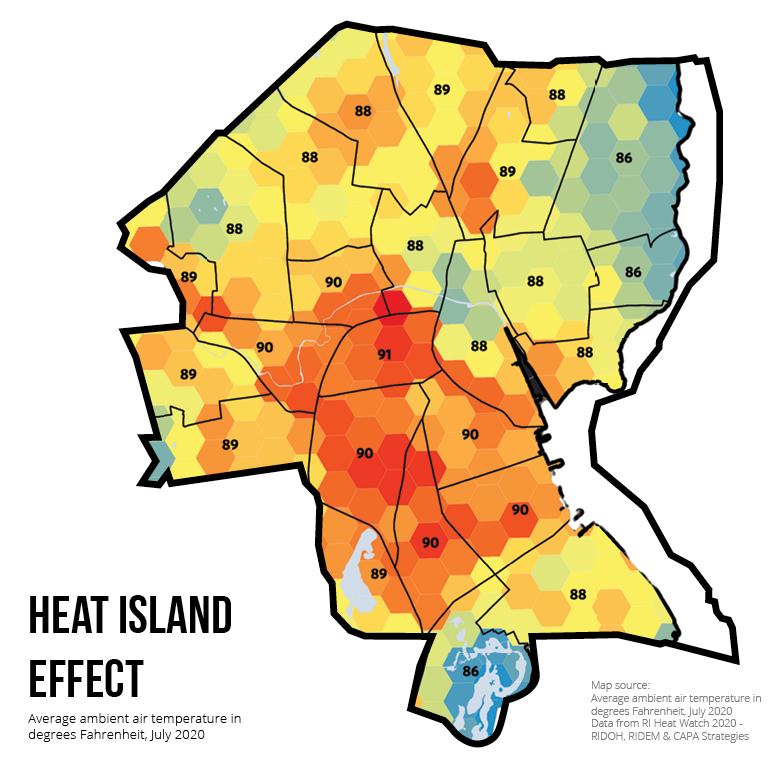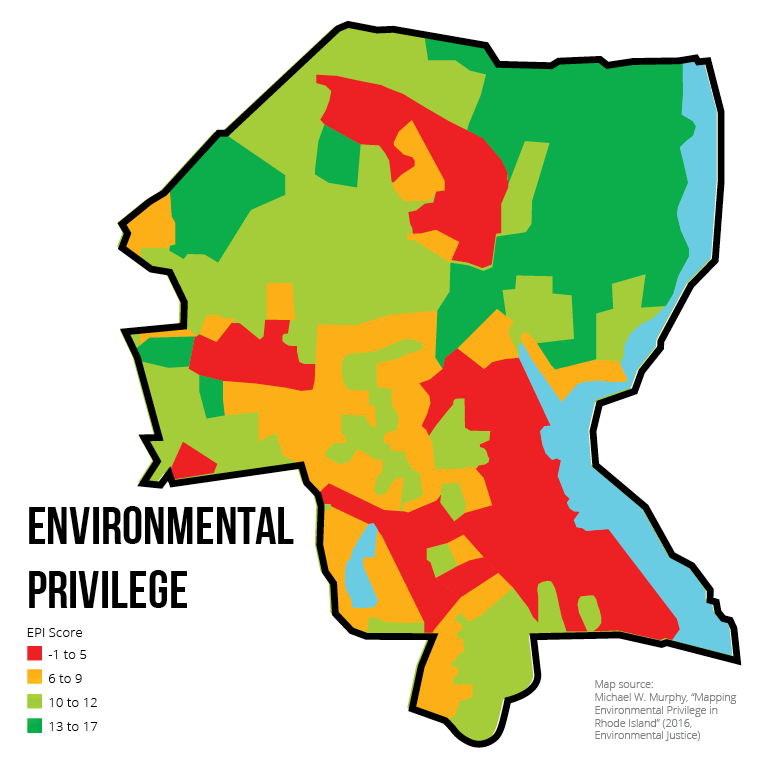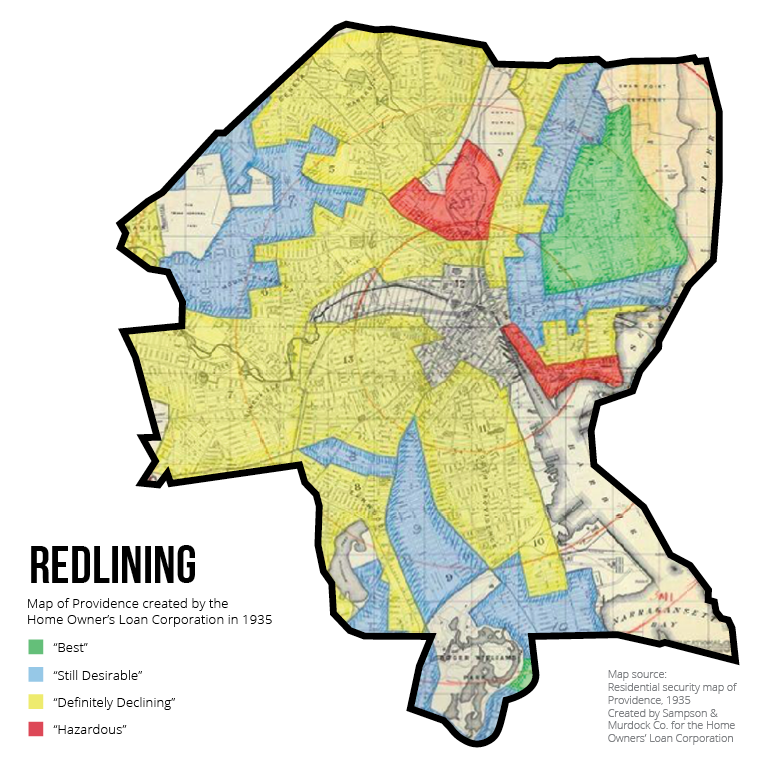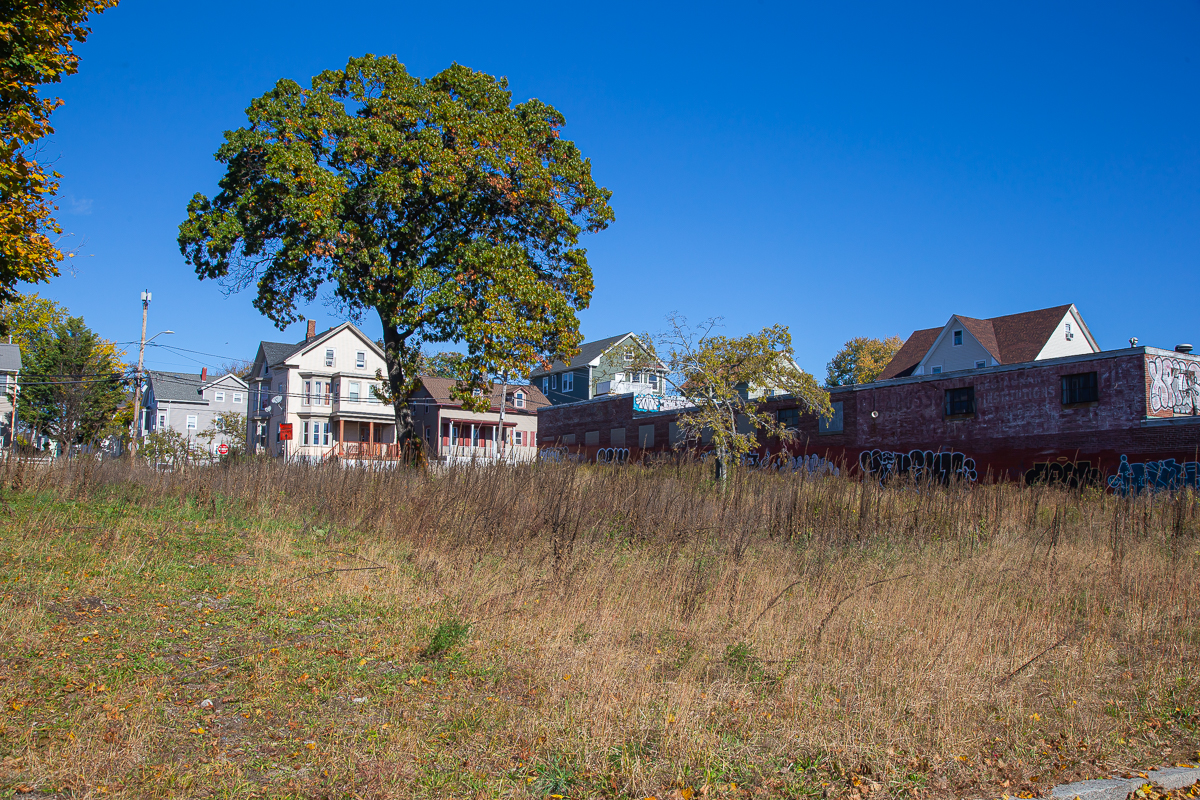
TREE EQUITY IN PROVIDENCE
Photo by Dominique Sindayiganza
Our urban forest is not equitable.
Tree canopy is unevenly distributed across Providence neighborhoods—and strongly correlated with both race and income.
In general, we see that the parts of our city with the fewest trees also have the lowest income levels, the highest proportion of communities of color and immigrant populations, the highest levels of climate-related impacts (such as extreme heat and localized flooding vulnerability), and the highest rates of asthma or other environmentally-determined health conditions.
As you look at these maps, ask yourself…
How does your own experience line up with the stories these maps tell?
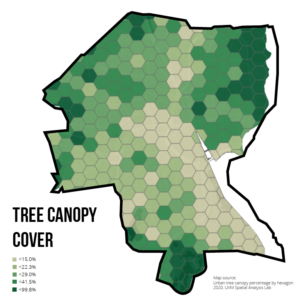
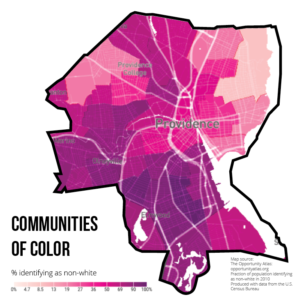
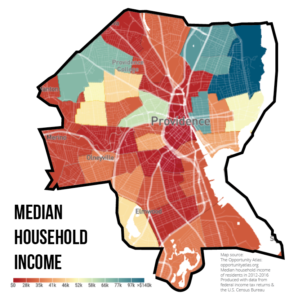
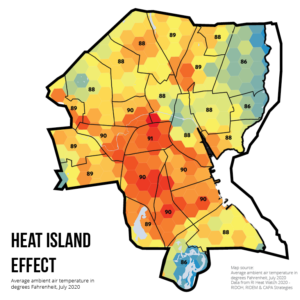
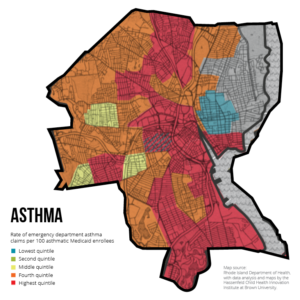
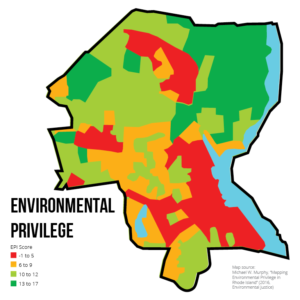
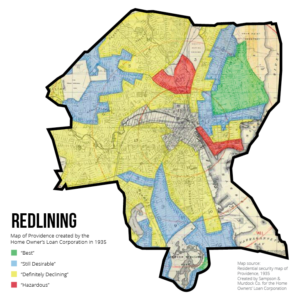
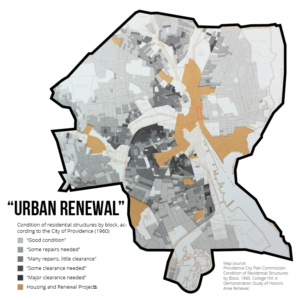
The pattern in these maps is the result of decades of racist urban policy and systemic disinvestment in low-income neighborhoods home to people of color. It is evidence of how racism is built into our city’s landscape, causing ongoing harm for Black, brown, and working-class people.
We envision a city where a thriving, healthy, and resilient urban forest supports thriving, healthy, and resilient people—and where those people support the urban forest in turn. By achieving tree equity, we can create a future where everyone in Providence experiences the health, climate, and economic benefits of our shared urban forest.
Tree equity:
The fair, equitable distribution of trees and the resources required to sustain them across all neighborhoods in a city, so that everyone has equal access to the health, climate, and economic benefits of the urban forest.
American Forests, a national forestry organization, created a national Tree Equity Score map that uses environmental, climate, and demographic data to show where urban forestry investment is needed, which helped inform our planning process.
Explore the interactive map to see how your neighborhood scores!
Photos by Dominique Sindayiganza


